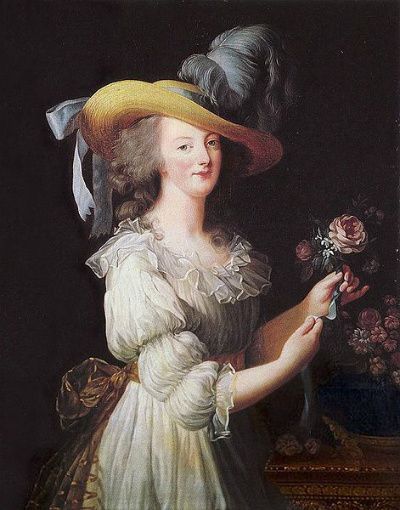By Pauline Félicité de Mailly:
Charles Emmanuel Marie Magdelon de Vintimille, Marquis du Luc
Born: 2 September 1741
Married: Adélaide de Castillane
Died: 24 February 1814
Status: recognized by Pauline's husband but was generally considered to be the son of Louis.
His appearance was so like the king's that he was called Demi-Louis
By Jeanne Perray:
Amélie Florimonde de Norville
Born: 11 January 1753
Married: Ange de Faure
Died: 27 December 1790
Status: Her registered father was a non-existing person while the royal paternity was later
proved
By Marie-Louise O'Murphy:
Agathe Louise de Saint-Antoine de Saint-André, Marquise de La Charce
Born: 20 May 1754
Married: René Jean de La Tour du Pin
Died: 6 September 1774
Status: Certainly Louis' daughter but not officially recognized. She was given an official
recognition of nobility so she could marry into the aristocracy
Marguerite Victoire Le Normant de Flaghac, Comtesse de Chousy
Born: 5 January 1768
Married: (I) Jean-Didier Mansard, Comte de Chousy, (II) Constant Lenormant d'Étiolles
Died: 1814
Status: Officially recognized by Marie-Louise's second husband but most likely the king's
By Francoise de Châlus, Duchesse de Narbonne-Lara:
Philippe Louis Marie Innocent Christophe Juste de Narbonne-Lara, Duc de Narbonne-Lara
Born: 28 December 1750
Married: Antoinette-Francoise-Claudine de La Roche-Aymon
Died: 10 May 1834
Status: Recognized by Francoise's husband
Louis Marie Jacques Amalric de Narbonne-Lara, Comte de Narbonne-Lara
Born: 23 August 1755
Married: Marie Adélaide de Montholon
Died: 17 November 1813
Status: Recognized by Francoise's husband
Note: Louis is believed to have been the father of both boys mainly because the Duc de Narbonne-Lara had been wounded in battle in such a manner as would render him "unable to produce offspring". Meanwhile, the Duchesse was the king's mistress for a brief period.
By Marguerite Catherine Haynault:
Agnès Louise de Montreuil
Born: 20 May 1760
Married: Gaspard d'Arod de Montmelas
Died: 2 September 1837
Status: Paternity officially attributed to a non-existing person
Anne Louise de La Réale, Comtesse de Geslin
Born: 17 November 1762
Married: René Guillaume Paul Gabriel Etienne de Geslin, Comte de Geslin
Died: 30 April 1831
Status: Paternity also registred to a non-existing person
By Lucie Madeleine d'Estaing:
Agnès Lucie Auguste, Vicomtesse de Boysseuilh
Born: 14 April 1761
Married: Charles de Boysseuilh, Vicomte de Boysseuilh
Died: 4 July 1822
Status: Paternity placed with non-existing person
Aphrodite Lucie Auguste
Born: 8 March 1763
Married: Jules de Boysseuilh (her step-brother!)
Died: 22 February 1819
Status: Paternity placed with non-existing person
Note: Louis XV left both an annual sum of 24.300 livres as well as a capital of 223.000 livres. Louis XVI would later give them both official recognition of nobility
By Anne Coppier de Romans, Baronne de Meilly-Coulonge:
Louis Aimé de Bourbon, Abbé de Saint Vincent de Metz
Born: 13 January 1762
Died: 28 February 1787
Status: Only illegitimate child to be recognized by Louis XV
By Jeanne Louise Tiercelin de La Colleterie, Madame de Bonneval:
Benoît Louis le Duc
Born: 7 February 1764
Married: unknown
Died: 1837
Status: Both registred parents did not exist







